Home>Gardening & Outdoor>Landscaping Ideas>How Often To Grass Be Watered
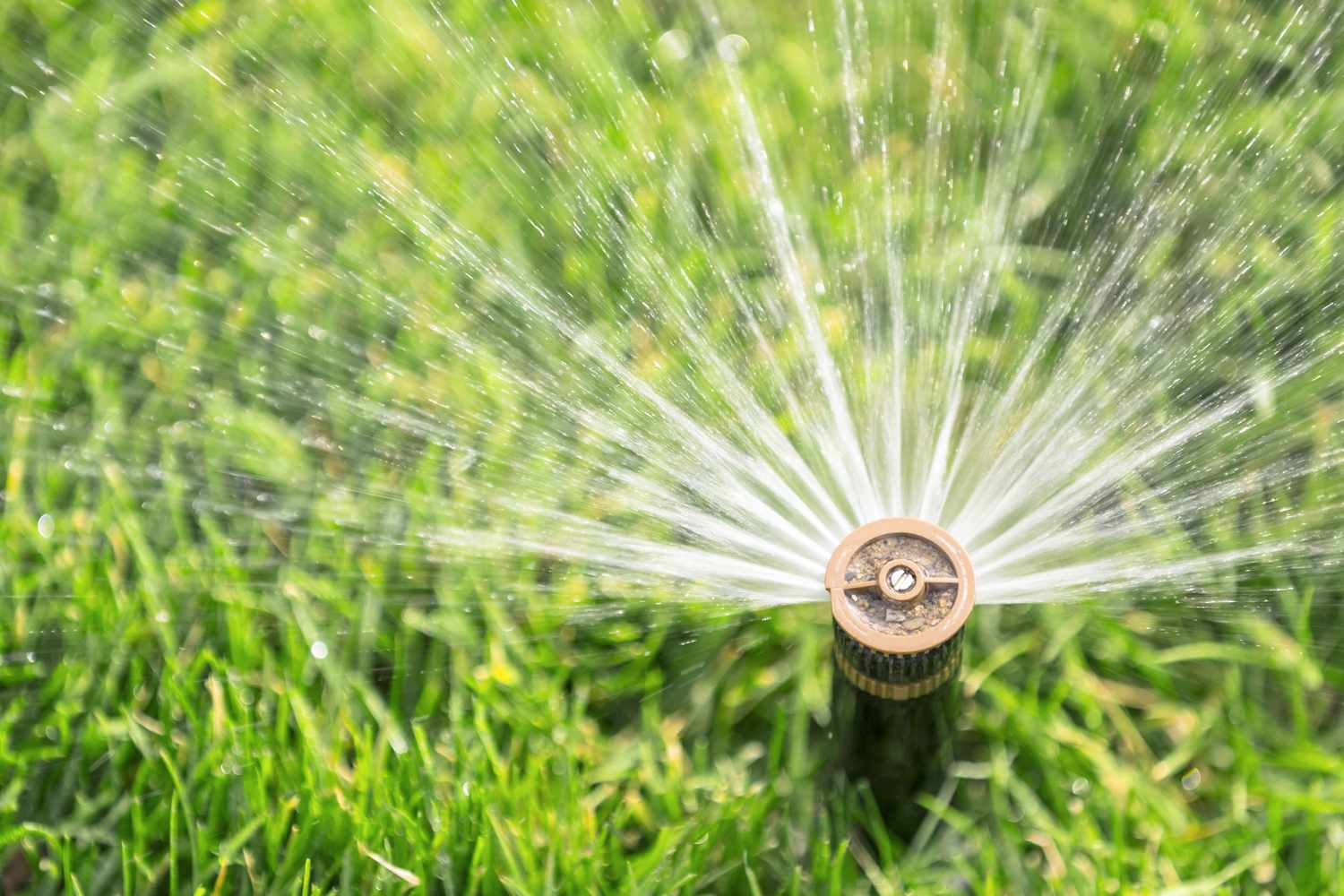

Landscaping Ideas
How Often To Grass Be Watered
Modified: March 24, 2024
Discover the best landscaping ideas for watering your grass. Learn how often to water your lawn for a healthy and vibrant yard. Explore expert tips and techniques.
(Many of the links in this article redirect to a specific reviewed product. Your purchase of these products through affiliate links helps to generate commission for Storables.com, at no extra cost. Learn more)
Introduction
When it comes to maintaining a lush and vibrant lawn, proper watering is a crucial aspect of lawn care. However, determining the ideal frequency for watering your grass can be a bit of a puzzle. Factors such as climate, soil type, grass species, and seasonal changes all play a role in establishing the most effective watering routine. In this comprehensive guide, we will delve into the various considerations that influence the frequency of grass watering, signs of overwatering and underwatering, general guidelines for watering grass, watering schedules for different types of grass, and how to adjust watering frequency to accommodate seasonal changes. By understanding these key elements, you will be better equipped to nurture a healthy and resilient lawn that thrives throughout the year.
Key Takeaways:
- Proper watering frequency for grass depends on climate, soil type, and grass species. Overwatering can lead to wilting and fungus, while underwatering causes wilting and slow growth.
- Deep, infrequent watering, early morning watering, and adjusting watering frequency based on seasonal changes are essential for maintaining a healthy and resilient lawn. Tailoring watering schedules to grass types is crucial for optimal growth.
Read more: How Often To Water The Grass
Factors Affecting Watering Frequency
Several factors come into play when determining the frequency at which grass should be watered. These factors include:
- Climate: The climate of your region significantly impacts the watering needs of your grass. In hot and arid climates, more frequent watering is necessary to combat evaporation and maintain soil moisture levels. Conversely, cooler and more humid climates may require less frequent watering.
- Soil Type: The composition of your soil influences its water retention capabilities. Sandy soils drain more quickly and may necessitate more frequent watering, while clay soils retain moisture better and may require less frequent watering.
- Grass Species: Different types of grass have varying water requirements. For example, cool-season grasses such as fescue and Kentucky bluegrass have different needs than warm-season grasses like Bermuda grass and Zoysia grass.
- Lawn Health: The overall health of your lawn, including factors such as soil compaction and thatch buildup, can impact water absorption and distribution. Well-maintained lawns with healthy soil structure tend to retain moisture more effectively.
- Shade and Sunlight: The amount of shade or sunlight your lawn receives affects evaporation rates and, consequently, watering needs. Shaded areas may retain moisture for longer periods, requiring less frequent watering compared to sun-exposed areas.
- Seasonal Variations: As seasons change, so do the watering requirements of your grass. Hotter and drier seasons demand more frequent watering, while cooler and wetter seasons may necessitate less water.
By considering these factors and their influence on your specific lawn conditions, you can tailor your watering schedule to meet the unique needs of your grass, promoting optimal growth and health.
Signs of Overwatering and Underwatering
Identifying the signs of overwatering and underwatering is essential for maintaining a healthy lawn. Both scenarios can have detrimental effects on grass health and vitality. Understanding the distinct indicators of each condition empowers you to adjust your watering practices accordingly.
Signs of Overwatering:
Overwatering can lead to a host of issues, including root suffocation, fungal growth, and nutrient leaching. Common signs of overwatering include:
- Wilting and Yellowing: Paradoxically, overwatered grass may display symptoms similar to underwatered grass, such as wilting and yellowing. This occurs as the roots struggle to access oxygen due to waterlogged soil.
- Fungus and Mold: Excessive moisture creates an ideal environment for fungal diseases and mold growth. Look for signs of mold, mildew, or fungal infections in the grass and soil.
- Foul Odor: Overly saturated soil may emit a foul, musty odor, indicating excessive moisture and poor drainage.
- Stunted Growth: Instead of thriving, overwatered grass may exhibit stunted growth and a lack of vibrancy.
Signs of Underwatering:
Conversely, underwatering can result in parched, stressed grass that struggles to survive. Common signs of underwatering include:
- Wilting and Browning: Insufficient water causes grass to wilt, turn brown, and lose its resilience. This is a clear indication of dehydration.
- Thinning and Slow Growth: Underwatered grass may thin out and grow at a significantly slower rate as it conserves energy to endure the water shortage.
- Footprints Remain: When walking on the grass leaves noticeable footprints that persist, it signals a lack of moisture, indicating the need for watering.
- Soil Dryness: Dry, crumbly soil that pulls away from the grass roots is a telltale sign of insufficient watering.
By recognizing these signs, you can make informed adjustments to your watering regimen, ensuring that your grass receives the appropriate amount of moisture to thrive and flourish.
Read more: How Often Water Grass In Summer
General Guidelines for Watering Grass
Establishing a set of general guidelines for watering your grass forms the cornerstone of effective lawn care. By adhering to these principles, you can promote healthy growth and resilience in your lawn. Consider the following guidelines when determining your watering practices:
- Deep and Infrequent Watering: Rather than frequent shallow watering, aim for deep and infrequent watering sessions. This encourages grass roots to grow deeper into the soil in search of moisture, resulting in a more robust and drought-resistant lawn.
- Early Morning Watering: Schedule your watering sessions for the early morning hours, ideally before 10 a.m. This allows the grass to dry off during the day, minimizing the risk of fungal diseases that thrive in damp conditions.
- Water Penetration: Pay attention to how water penetrates the soil. If you notice runoff or pooling, it indicates that the soil is unable to absorb the water quickly enough. Consider breaking up watering sessions to allow for better absorption.
- Watering Uniformity: Strive for even and uniform water distribution across your lawn. Ensure that all areas receive adequate moisture, preventing dry patches and overwatered spots.
- Monitoring Soil Moisture: Regularly assess the moisture levels in your soil to gauge the necessity of watering. Use a soil moisture meter or simply probe the soil with a screwdriver to determine if it is time to water.
- Conserving Water: Embrace water conservation practices by avoiding unnecessary watering, fixing leaks, and exploring water-efficient irrigation methods such as drip irrigation or soaker hoses.
By integrating these general guidelines into your lawn care routine, you can optimize your watering practices to foster a vibrant and resilient grassy expanse.
Watering Schedule for Different Types of Grass
Various types of grass have distinct watering requirements based on their specific characteristics and environmental adaptability. Tailoring your watering schedule to accommodate the needs of your grass species is essential for nurturing a thriving lawn. Consider the following watering schedules for different types of grass:
Cool-Season Grasses (Fescue, Kentucky Bluegrass, Ryegrass)
Cool-season grasses thrive in moderate temperatures and require consistent moisture to maintain their lush appearance. During the active growing season, typically in the spring and fall, aim to provide around 1 to 1.5 inches of water per week. This can be achieved through deep watering sessions, allowing the moisture to penetrate the soil and reach the roots.
Warm-Season Grasses (Bermuda Grass, Zoysia Grass, St. Augustine Grass)
Warm-season grasses are well-adapted to hot and dry conditions, displaying greater resilience in the face of heat and drought. As such, they can thrive with less frequent watering. During the active growing season, which typically spans from late spring to early fall, aim to provide around 1 inch of water every 7 to 10 days, promoting deep root development and drought tolerance.
Read more: How Often To Water Zoysia Grass
Transition Zone Grasses (Tall Fescue, Zoysia, Bermuda)
For lawns located in the transitional zone where both cool-season and warm-season grasses are prevalent, a flexible watering approach is essential. Adjust your watering schedule based on the prevailing weather conditions, aiming to provide around 1 to 1.5 inches of water per week during the active growing season, while being mindful of the specific needs of the grass species present in your lawn.
By tailoring your watering schedule to align with the unique requirements of your grass type, you can ensure that your lawn receives the appropriate moisture levels to thrive, regardless of the prevailing climate and environmental factors.
Adjusting Watering Frequency for Seasonal Changes
Adapting your lawn’s watering frequency to accommodate seasonal changes is crucial for sustaining healthy grass growth throughout the year. As environmental conditions fluctuate, so do the watering needs of your lawn. Consider the following adjustments to your watering frequency based on seasonal changes:
Spring
In spring, as temperatures rise and grass resumes active growth, it’s essential to increase watering frequency to support the revitalization of your lawn. Aim to provide around 1 to 1.5 inches of water per week, promoting deep root development and lush foliage.
Summer
During the hot and dry summer months, grass often requires more frequent watering to combat heat stress and dehydration. Increase your watering frequency to around 1.5 to 2 inches of water per week, ensuring that the grass remains adequately hydrated and resilient in the face of scorching temperatures.
Read more: How Often To Water Grass In Texas
Fall
As temperatures begin to moderate in fall, gradually reduce your watering frequency to around 1 inch of water per week. This gradual adjustment helps prepare the grass for the upcoming dormant season while sustaining its health and vigor.
Winter
In winter, when grass enters a dormant state, minimal watering is typically required. Monitor soil moisture levels and provide occasional light watering if prolonged dry spells occur. However, be cautious not to overwater, as dormant grass has minimal water requirements.
By aligning your watering frequency with the seasonal changes, you can effectively support your lawn’s health and vitality, ensuring that it thrives in response to the evolving environmental conditions.
Conclusion
Mastering the art of watering your grass involves a delicate balance of understanding the unique needs of your lawn, adapting to seasonal variations, and implementing effective watering practices. By considering factors such as climate, soil type, grass species, and seasonal changes, you can tailor your watering regimen to promote optimal growth and resilience in your lawn.
Recognizing the signs of overwatering and underwatering empowers you to make informed adjustments to your watering schedule, ensuring that your grass receives the appropriate amount of moisture to thrive. Embracing general guidelines, such as deep and infrequent watering, early morning watering, and water conservation practices, forms the foundation of effective lawn care.
Furthermore, tailoring your watering schedule to accommodate the specific needs of different grass types, whether cool-season, warm-season, or transitional zone grasses, is essential for nurturing a thriving lawn that flourishes year-round.
Finally, adapting your watering frequency to align with seasonal changes, such as increasing watering in spring and summer while reducing it in fall and winter, ensures that your lawn remains resilient and healthy in response to evolving environmental conditions.
By integrating these principles into your lawn care routine, you can cultivate a vibrant and resilient grassy expanse that serves as a testament to your dedication and expertise in nurturing a healthy and thriving lawn.
Frequently Asked Questions about How Often To Grass Be Watered
Was this page helpful?
At Storables.com, we guarantee accurate and reliable information. Our content, validated by Expert Board Contributors, is crafted following stringent Editorial Policies. We're committed to providing you with well-researched, expert-backed insights for all your informational needs.
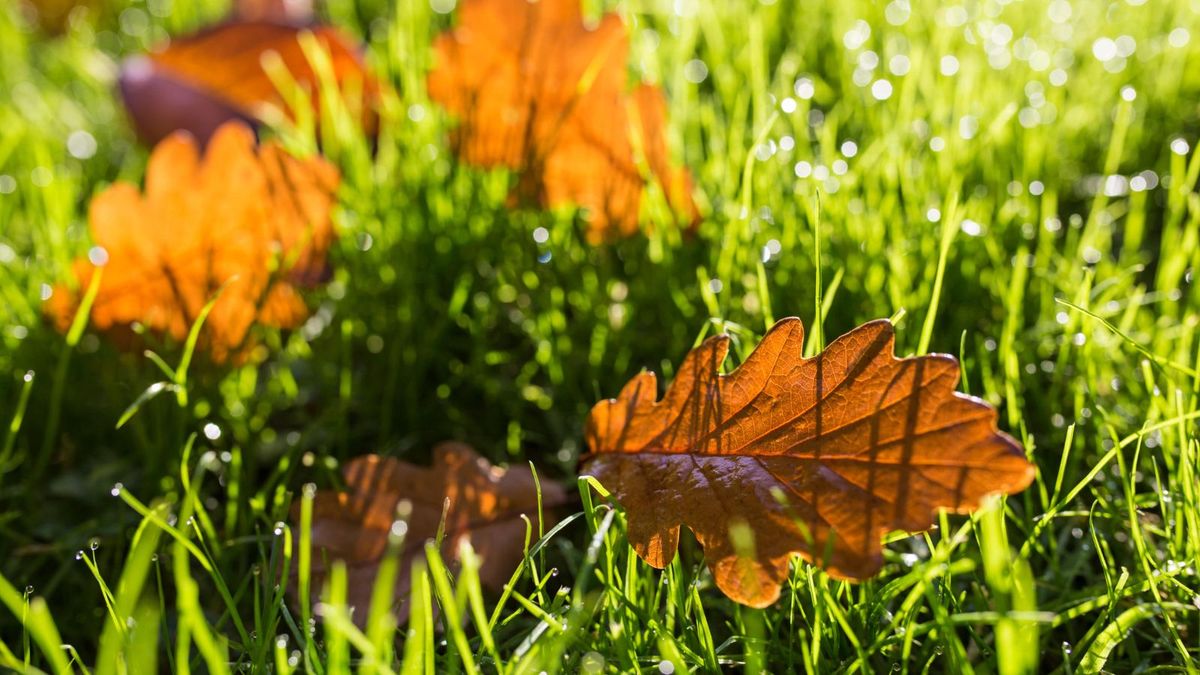
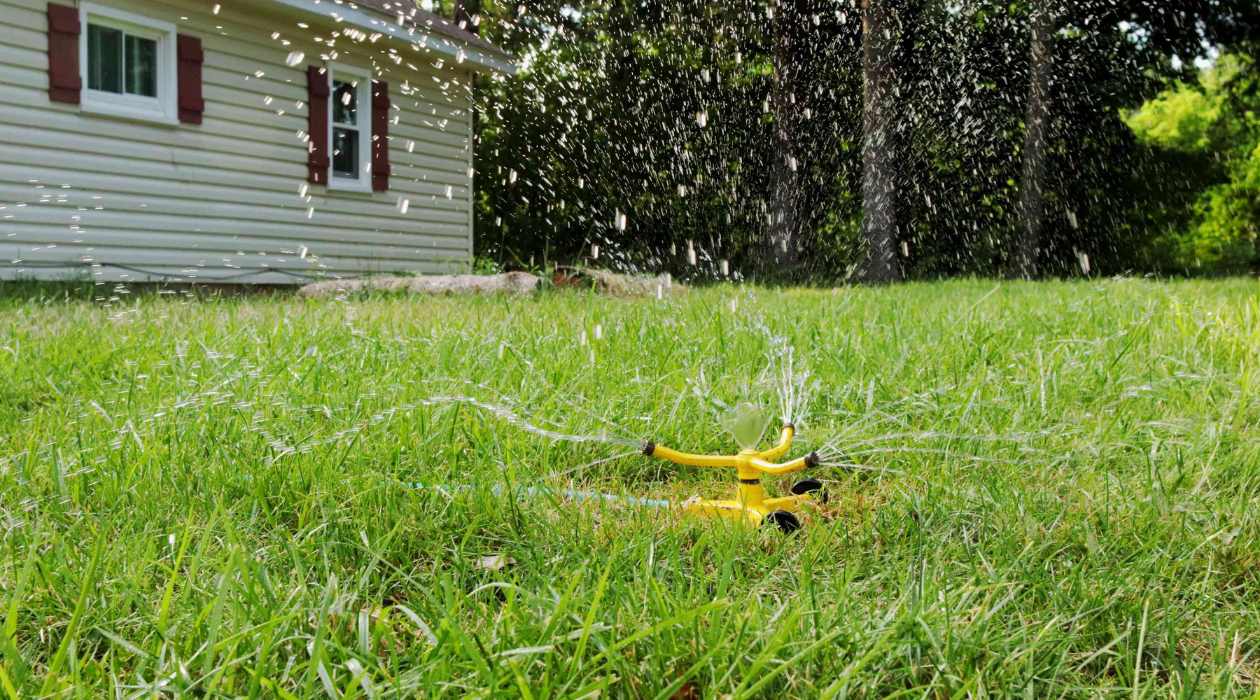
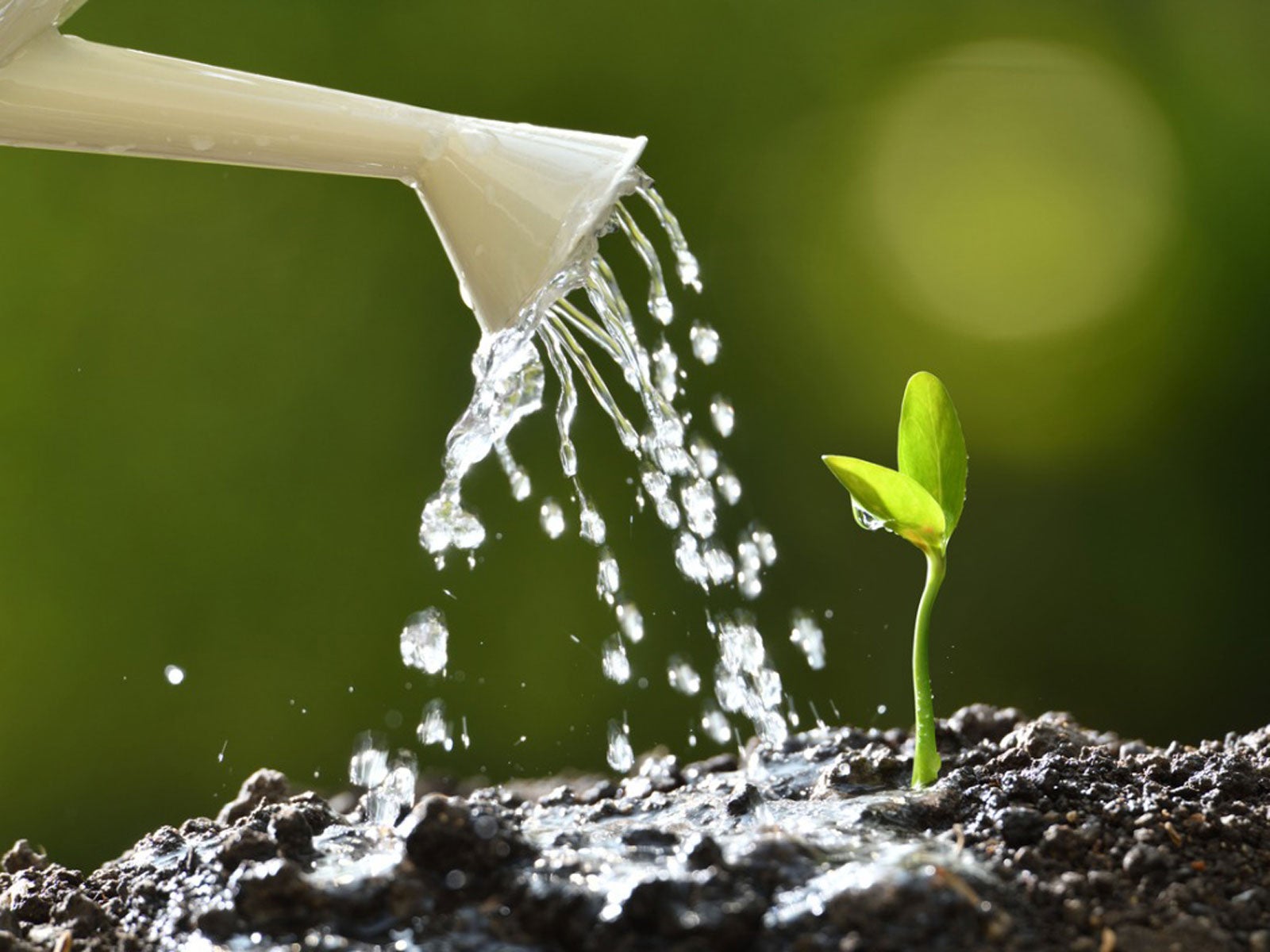
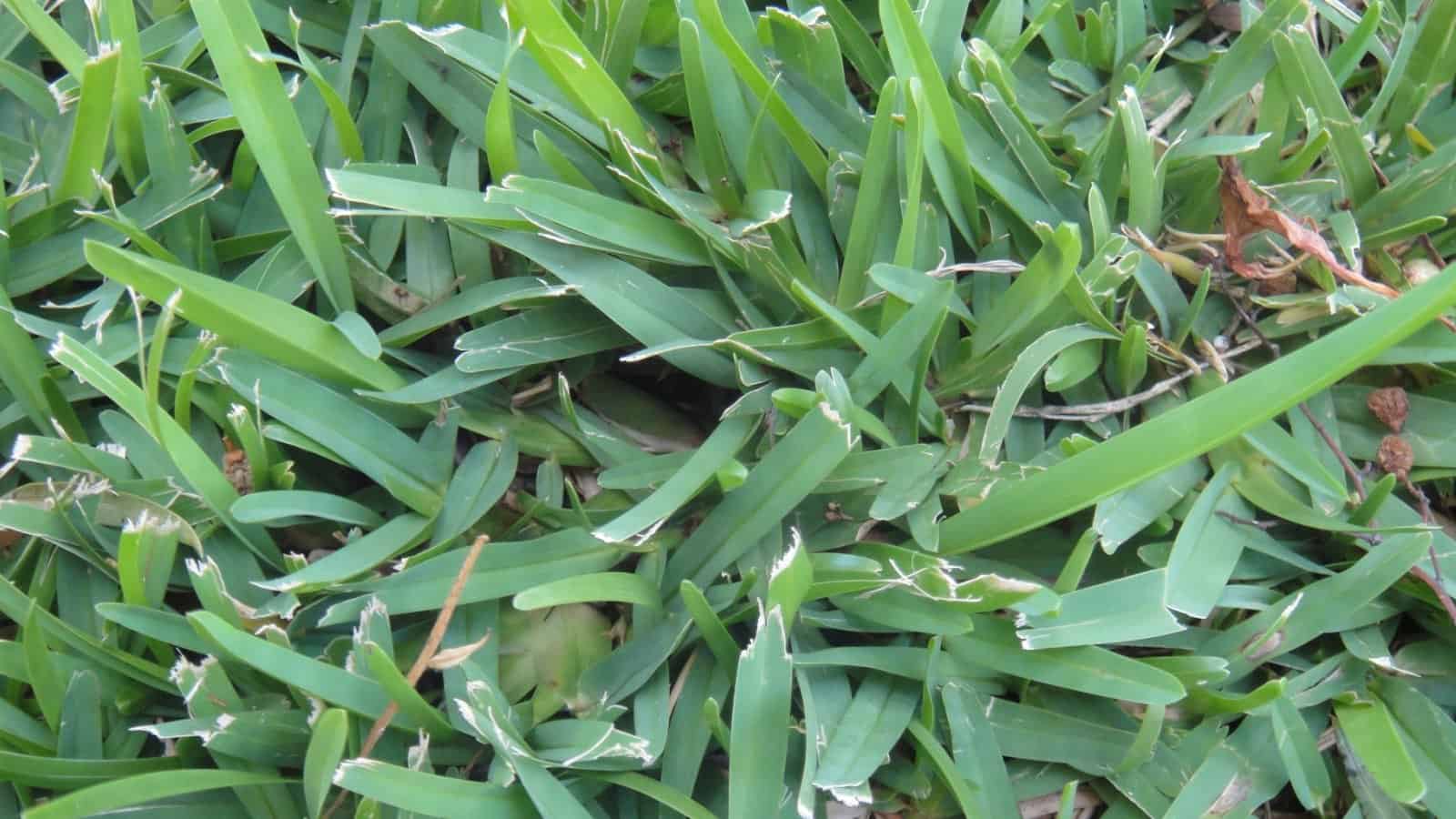
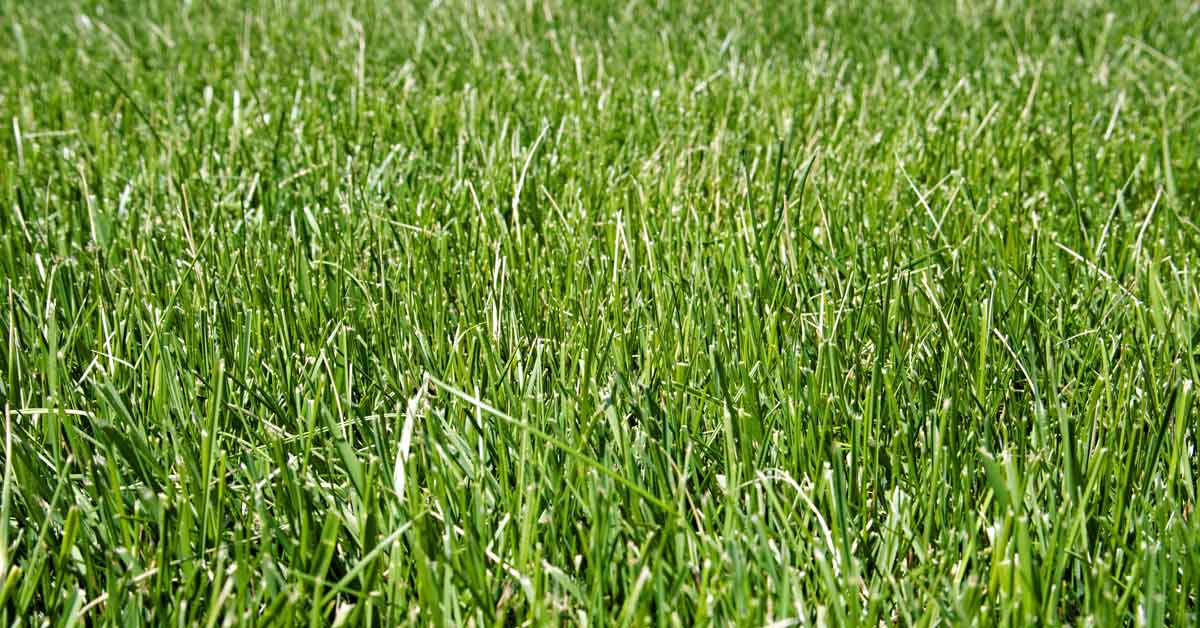
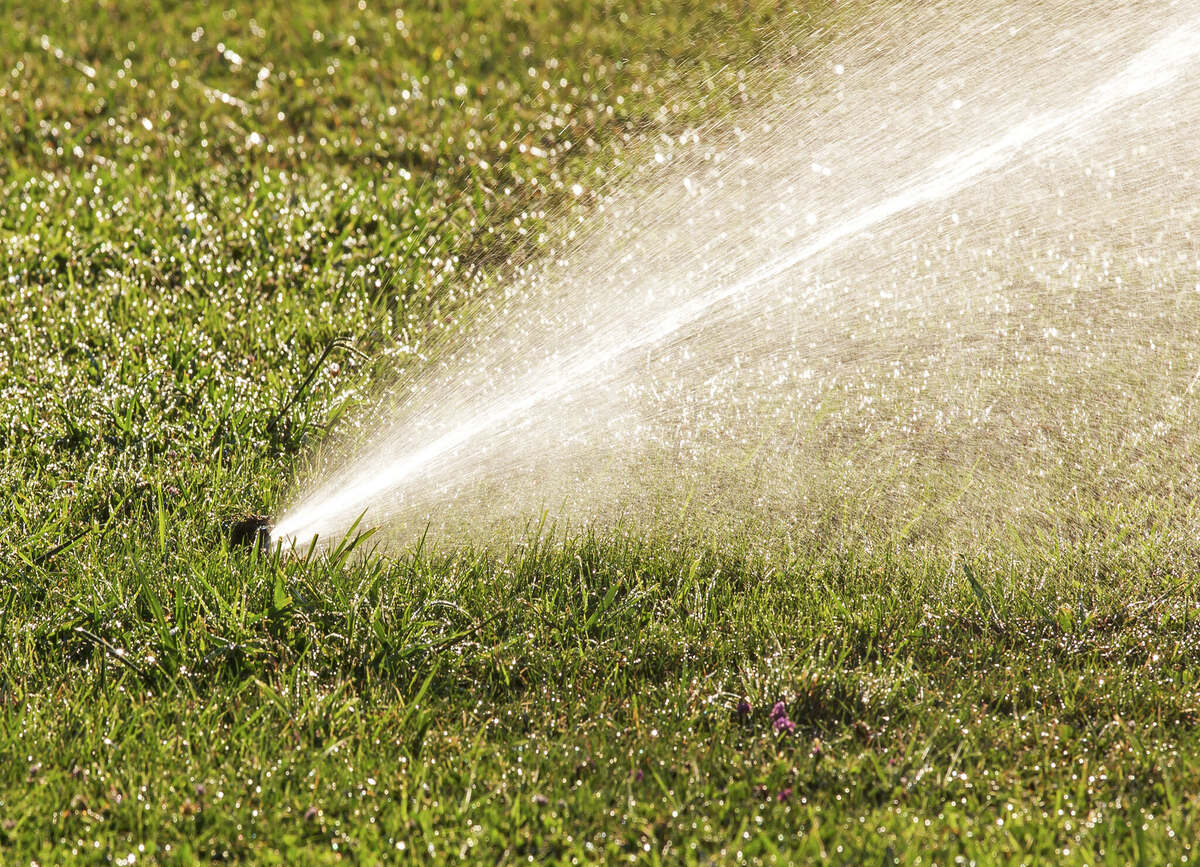
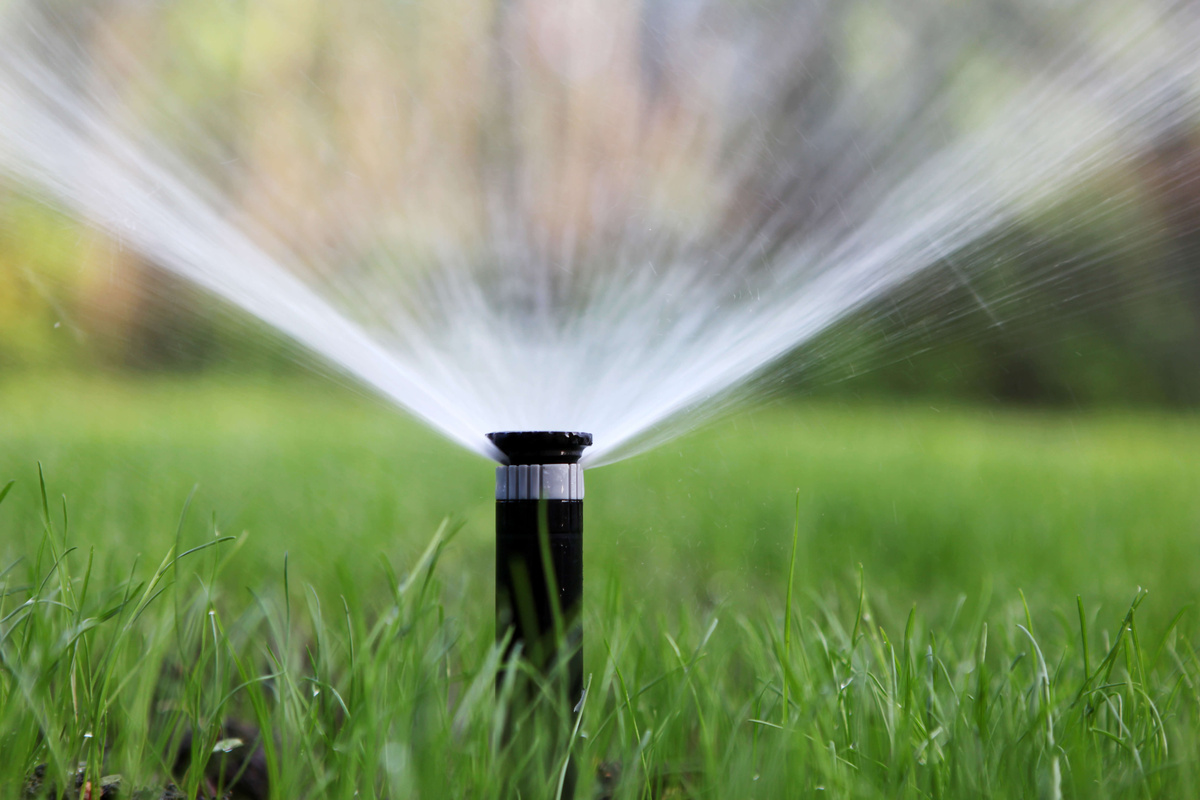
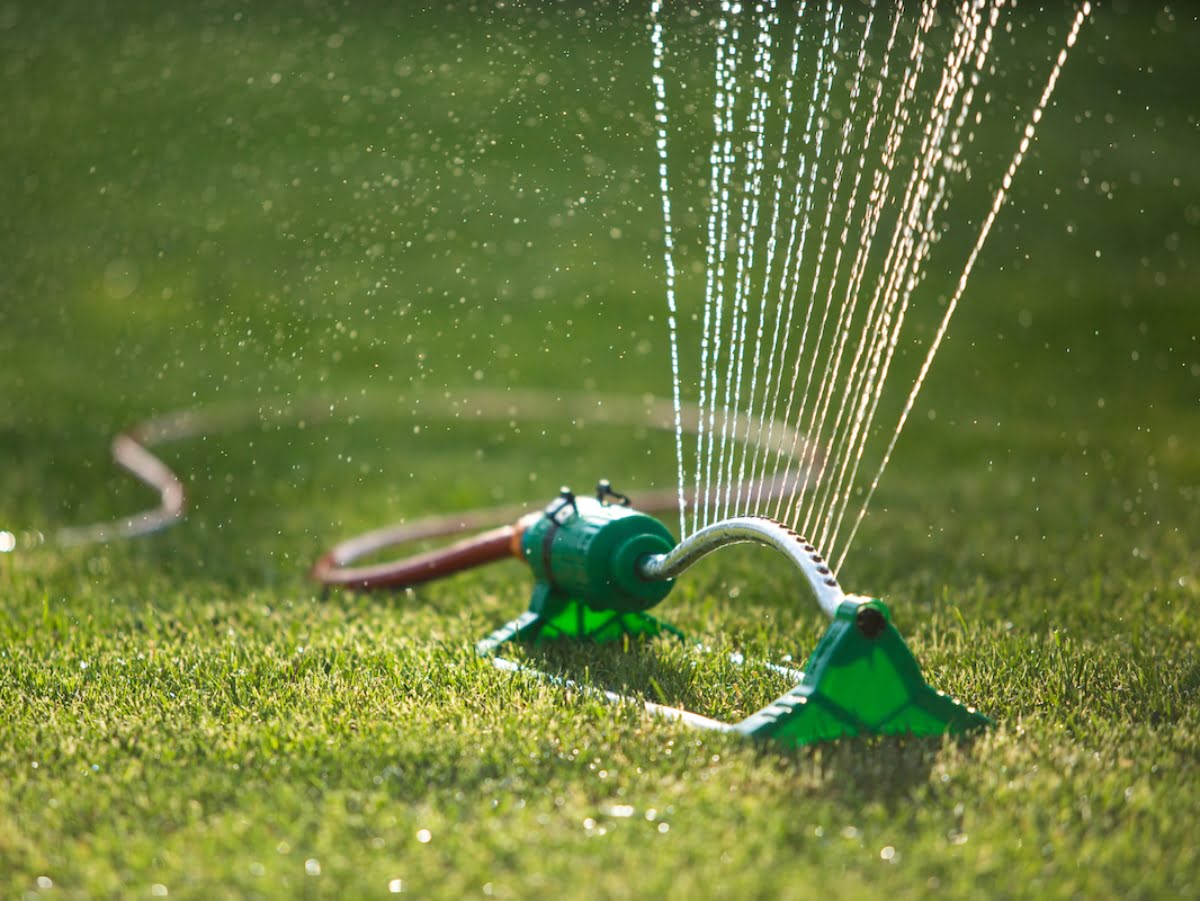
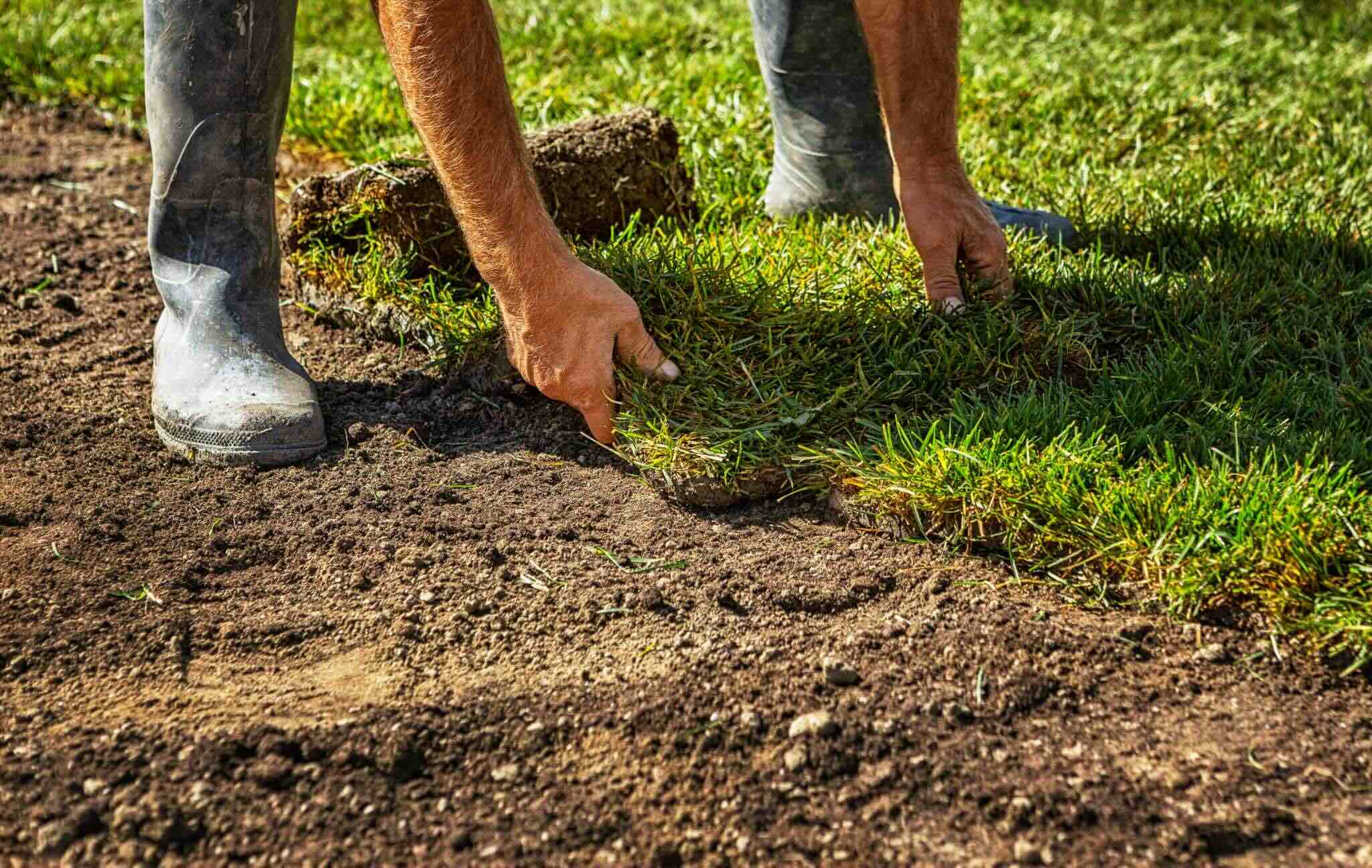
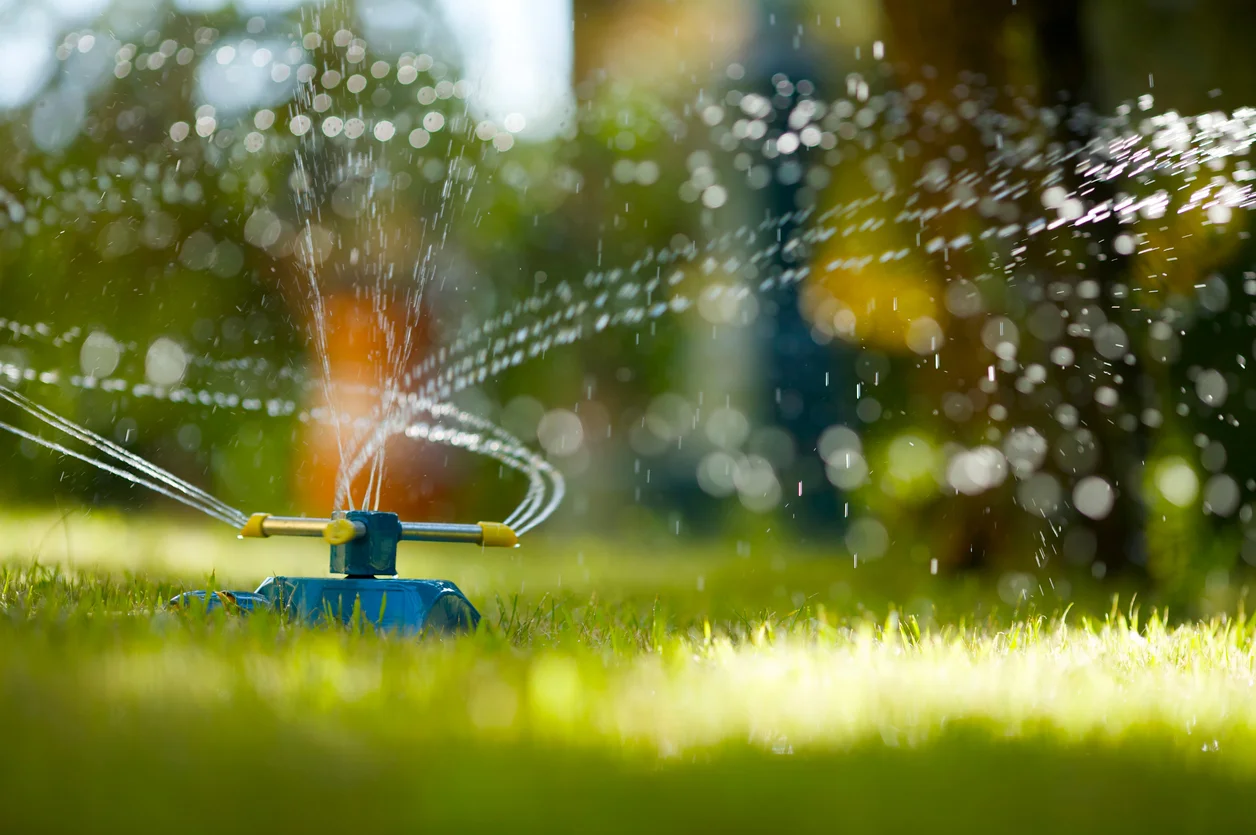
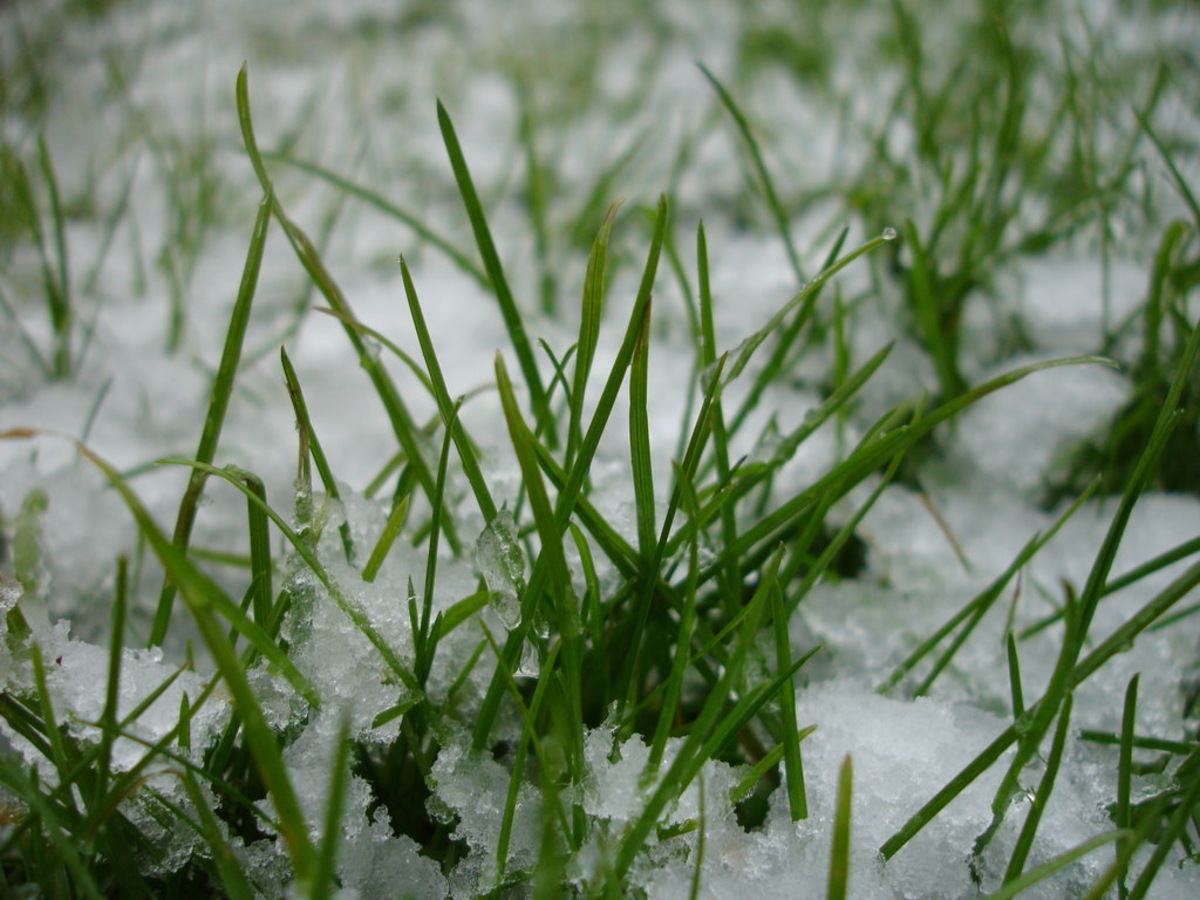
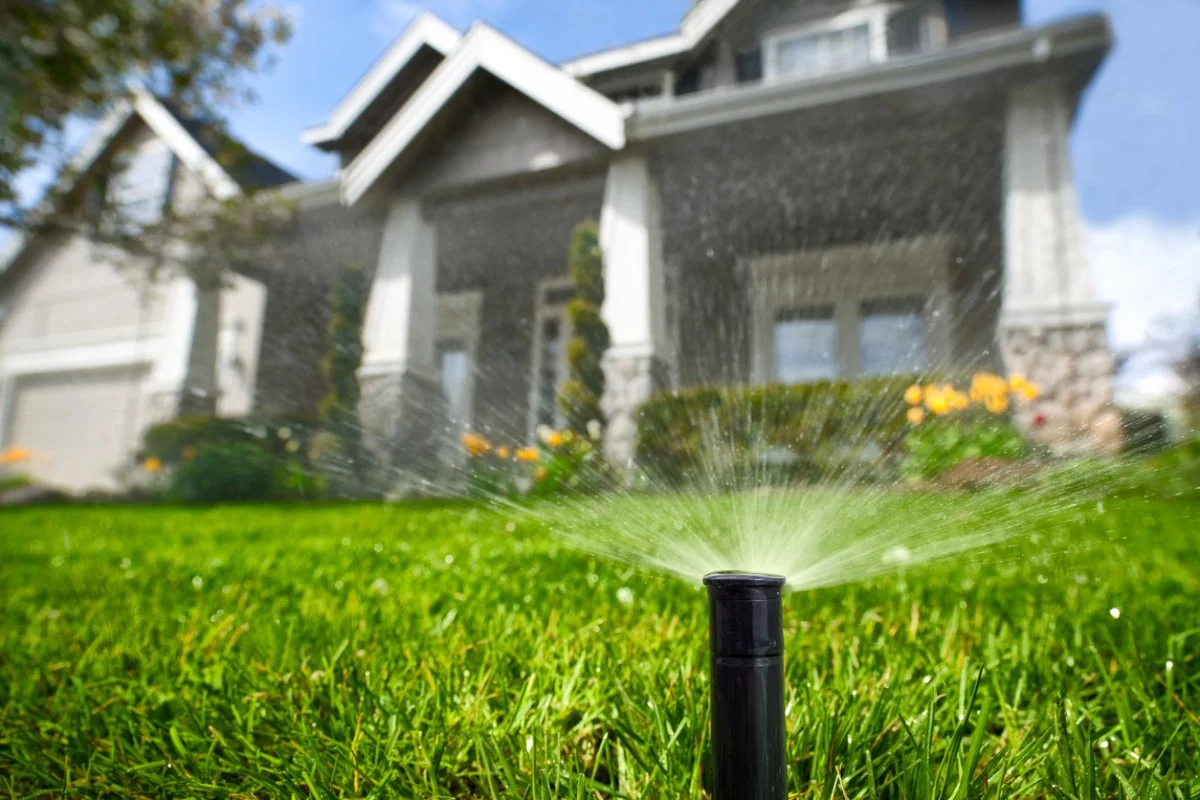

0 thoughts on “How Often To Grass Be Watered”